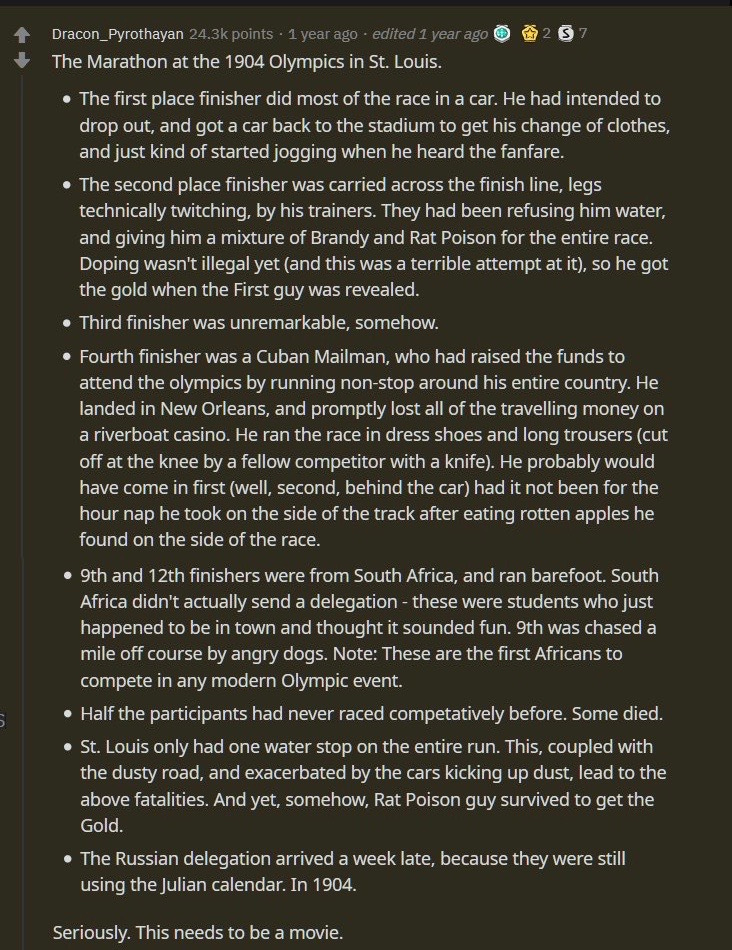Dear runner,
Welcome back to Weekly Carb-Loading! Your weekly dose of running and fitness inspiration curated from around the world, straight to your inbox.
Before we dive in, a friendly reminder, if this email went to your promotions tab (Gmail sometimes sends us there) do add us to your contacts so you never miss a post.
You can reach out to us with your opinions, suggestions and thoughts in the comments section below. We’re also live on Twitter @carbweekly with small servings of carbs throughout the week!
Go ahead then, kick off those slippers, relax, put your feet up, and read on!
The Halfway Mark
A marathon is a tale of two halves.
The first, of doing the basics right. Plenty of time to stretch and warm up before the start, fluids at regular intervals, and not pushing in the initial few kilometres to reserve energy for later.
The mind free to soak in the city and surroundings as we cover the route. Body and legs move well, on track and within our target times, keeping a lookout for early signs of fatigue.
The halfway mark passes with a rush of confidence. If the second half is as easy as the first, this race should be done and dusted.
But many unknowns exist, and bring with them a slight sense of unease.
How much energy will be sapped by the climb on the return? How hot will it get later in the day out on the course? The second half is usually tougher than the first, will the body hold up till the finish, or will my pace slow to a grind?
“In the marathon, the first half is just a normal run. At 15 kilometres, 20 kilometres, everybody is still going to be there. Where the marathon starts is after 30 kilometres. That’s where you feel pain everywhere in your body. The muscles are really aching, and only the most prepared and well-organized athlete is going to do well after that.”
- Eliud Kipchoge
As we enter the next phase of the Covid19 lock-down this month, it feels no different from the halfway mark of a marathon.
So far, we’ve done the basics right. We’ve adjusted to the ‘work-from-home’ routine with online classes for the kids, learnt how to cook, and put aside time for household chores and a quick home workout or a walk on the terrace.
So far, we’ve taken the unfamiliarity of a quarantine in our stride, making up for the freedom of going out with the simpler things at home, like reading a book, or using the opportunity to catch up with friends and extended family.
But many unknowns still exist, and a slight sense of unease.
How long will the lock-down be extended in red zones? Will trains and flights resume, for us to return home? Will we get back to life as we knew it, or is social distancing here to stay until a vaccine is found?
Like in any race, the second half will be tougher than the first.
The finish may not be visible yet, but we can do the things which are in our control, keep getting the basics right. Focus on the race, the day-to-day routine, and not let our minds succumb to overly wishful thinking, nor dwell on the unknowns and spiral into despondency.
Let’s enjoy the quiet evenings in the balcony while they last, breathing much cleaner air, staring at the trees and clear blue sky, birds and crickets chirping in the absence of the honking and the traffic.
Let’s appreciate the value of things we usually take for granted - a walk in the park, a hot meal on the table, and clean washed utensils. Let’s recognize the wasteful pursuits we indulge in on weekends, and enjoy the lower credit card bills and monthly spends.
Let’s immerse ourselves and our families in happy moments together. At the end of this race, as with any race, the journey will be remembered more than the finish.
Positive and Negative Splits for Runners
Some of us may already be familiar with these terms. Negative splits involve running a slower first half of a race, giving adequate time for the body to warm up, while conserving energy for the second half. A positive split is the exact opposite - running a faster first half and fading slowly in the second.
While popular opinion favors negative splits for the marathon distance (as it allows runners to better plan race strategy and is less risky), our first few races saw us spent and fatigued, struggling to the finish in a positive split.
On the other hand, professional races, especially those of mid-distance, are sometimes run with a positive split to avoid leaving time and energy in the bank on the course (i.e. to avoid being too conservative)
This article is a great primer. We hope this simple guide to timing your runs will help you fare better in training and race strategy when the season resumes.
Home Workouts for Beginners
If you haven’t already, its never too late to get started and get fit, while quarantined at home! Let’s make the most of time saved in the absence of a daily commute to and from office! All you need to do is set aside 30 minutes of your day, here’s a simple schedule:
Day 1 - Stair Climbing (walk up and down as many floors as possible)
Day 2 - Low Impact Beginner Workout with The Body Project
Day 3 - Full Body Stretch routine with Tom Merrick
Day 4, 5, 6 - Repeat
Day 7 - Rest Day
Fun Feature of the Week
This hilarious series of events took place at the 1904 Olympic Marathon at St. Louis!

So that’s it from us this week!
Until next week, stay indoors, stay safe and stay fit! Cheers!

Quite informative, esp for a non -runner background like me. The fun part is really hilarious!
Brilliant and informative kushal